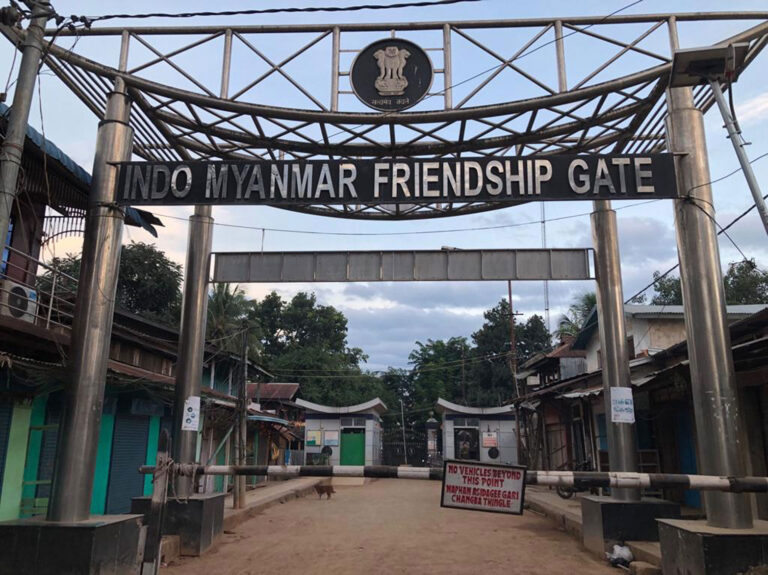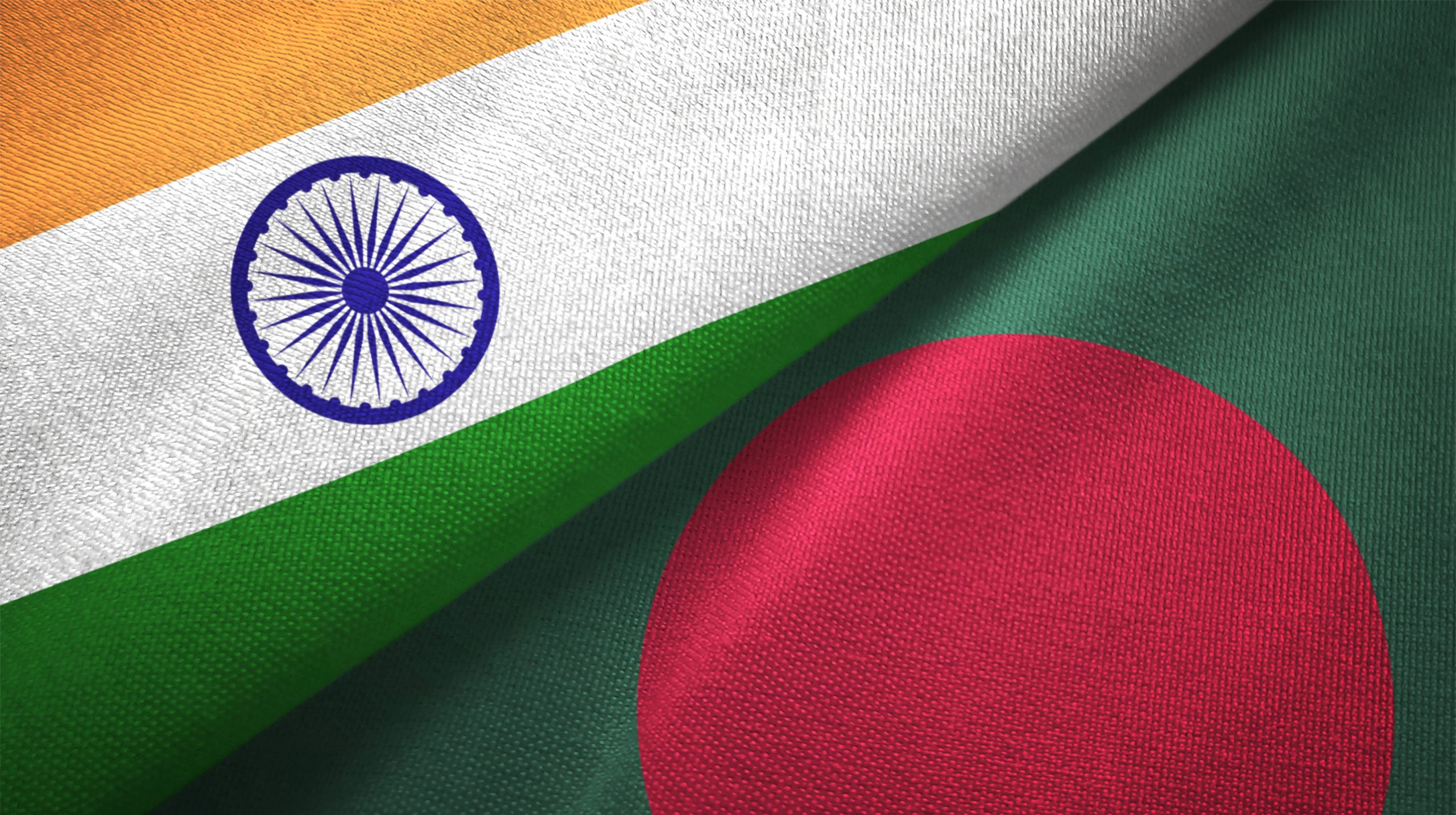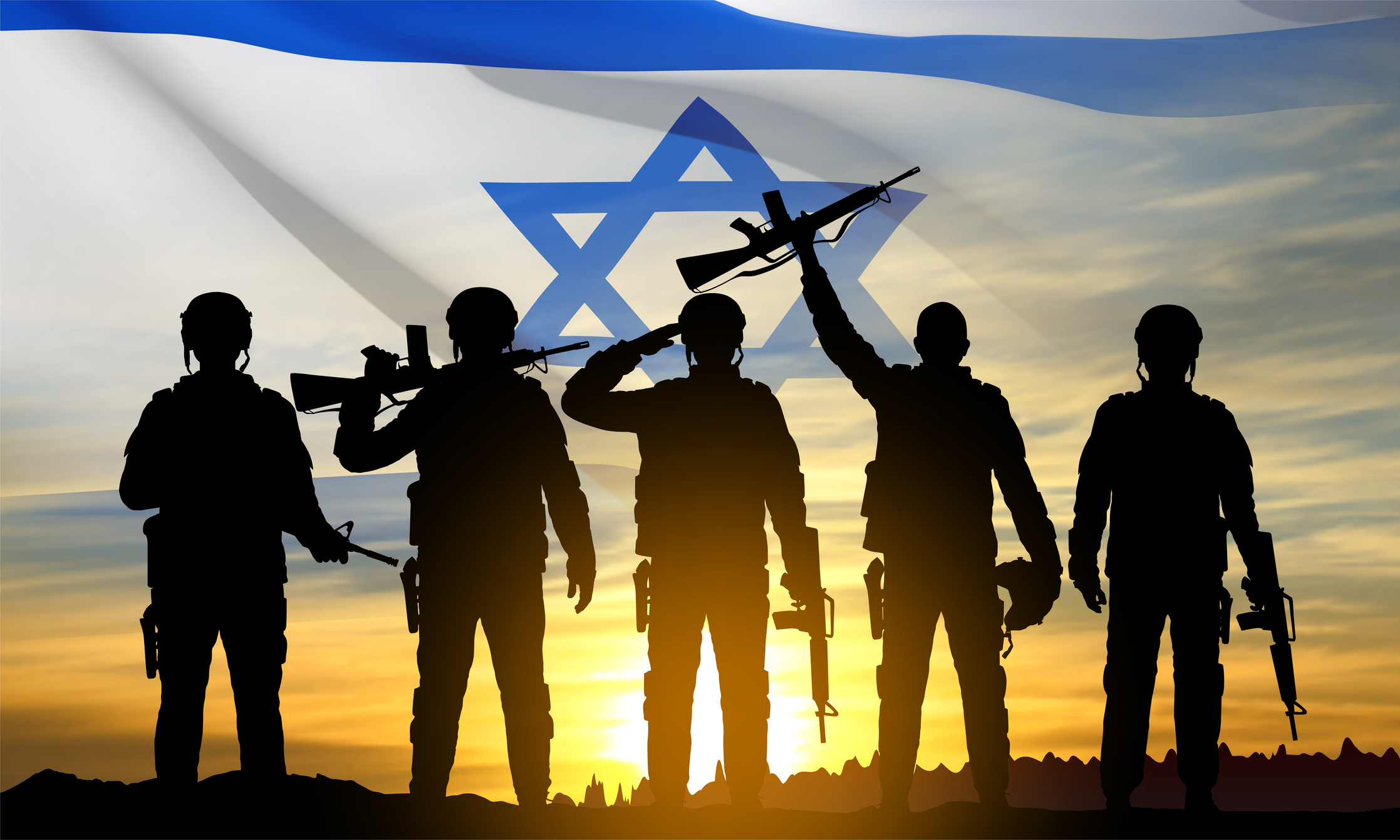
Insurgencies in Myanmar and Their Impact on the Security Situation in Northeast India

The ongoing insurgencies in Myanmar, particularly following the military coup in February 2021, significantly impact the security landscape in Northeast India. This region, characterised by a long and porous border with Myanmar, has a history of ethnic conflicts and insurgencies. The current instability in Myanmar compounds these issues, creating a complex security situation that India must carefully navigate.
Historical Background of Myanmar’s Insurgency
Since gaining independence from British colonial rule in 1948, Myanmar has faced persistent ethnic conflicts. Ethnic armed organisations (EAOs) have fought for autonomy and rights, often clashing with the central government and military. Over the years, groups like the Kachin Independence Army (KIA), Shan State Army (SSA), and Arakan Army (AA) have emerged as influential players. The 2021 military coup marked a crucial turning point, triggering widespread protests and leading to the formation of the People’s Defence Forces (PDF) by civilians and defectors. This has escalated violence across the country, especially in areas bordering India. The ongoing insurgencies in Myanmar, particularly following the military coup in February 2021, significantly impact the security landscape in Northeast India. This region, characterised by a long and porous border with Myanmar, has a history of ethnic conflicts and insurgencies. The current instability in Myanmar compounds these issues, creating a complex security situation that India must carefully navigate.
The Three Brotherhood Alliance
In response to military actions, three major ethnic armed groups united to form the Three Brotherhood Alliance. (TBA):
(a) Arakan Army (AA): Active in Rakhine State, it has gained considerable territorial control and local support. This group seeks to secure greater autonomy for the Rakhine ethnic group. Since its inception in 2009, the AA has gained significant territorial control and local support, particularly among the Rakhine population. The group has engaged in various military operations against the Myanmar military, aiming to establish a federal system that recognises the rights of ethnic minorities. The AA’s growth has been marked by its ability to garner local legitimacy and support, positioning it as a key player in Myanmar’s complex ethnic landscape.
(b) Myanmar National Democratic Alliance Army (MNDAA): Focused on the Kokang region, it aims to reclaim lost territories. The MNDAA is focused on the Kokang region in northern Shan State, where it seeks to reclaim territories historically inhabited by the Kokang people. The group has a long-standing history of conflict with the Myanmar government and military, and its formation dates back to the 1980s. The MNDAA has been involved in various armed confrontations and has played a crucial role in the broader struggle for ethnic rights and autonomy within Myanmar. Its inclusion in the Three Brotherhood Alliance reflects a strategic alignment with other ethnic groups to enhance their collective bargaining power against the military junta.
(c)Ta’ang National Liberation Army (TNLA): Primarily operating in Shan State, it advocates for the rights of the Ta’ang ethnic group. This coalition has conducted coordinated attacks against military positions, significantly altering the balance of power in Myanmar.
The TNLA has been involved in armed resistance against the Myanmar military for a while now and has sought to address issues of land rights, cultural preservation, and political representation for the Ta’ang people. The TNLA’s participation in the alliance underscores the shared grievances of ethnic groups against the military’s oppressive policies and its commitment to a federal democratic Myanmar.
Each of these groups represents a distinct ethnic community and has its objectives. Yet, they have united to counter the military junta’s actions and pursue greater autonomy and rights for their respective peoples.
Strategic Collaboration
The formation of the Three Brotherhood Alliance also means that these ethnic armed organisations have formed a strategic partnership. The alliance shall work on the strategies of cooperation by combining their military campaigns as well as pooling resources to increase their combat ability against the Myanmar military. This coalition regularly conducts military operations against the army positions, changing the balance of powers in the ongoing war. In addition, the alliance can act as a united voice of these groups in demanding autonomy and rights and seeking a political solution that will remedy the problems that ethnic minorities in Myanmar have been facing.
As a coalition, the Three Brotherhood Alliance is a new power shift in Myanmar’s ethnic conflicts. On one hand, by joining forces, the AA, MNDAA, and TNLA provide synergy in their military endeavours, through which they thus also bolster the fight of the ethnic minorities for political recognition and self-governance.
The formation of the Three Brotherhood Alliance signifies a strategic collaboration among these ethnic armed organisations. By coordinating military operations and sharing resources, the alliance aims to enhance their collective strength against the Myanmar military. This coalition has launched coordinated attacks on military positions, altering the dynamics of power in the ongoing conflict. Furthermore, the alliance serves as a platform for these groups to amplify their collective demands for autonomy and rights, advocating for a political solution that addresses the longstanding issues faced by ethnic minorities in Myanmar.
Present-Day Security Situation
There is unrest in Myanmar and as is often the case, violence in the Indo-Myanmar border has escalated. The refugee crisis has added pressures on resources in certain northeastern Indian states such as Mizoram and Manipur primarily in the Chin State. Over six decades of refugees arrived in India after the coup, the nature of which is prolonging its regional conflict, and making it hard to determine its safety.
The refugee situation presents several challenges:
Some of the people living in these communities may feel very uncomfortable due to these events and there may be a concern about the possible introduction of criminals, or insurgent persons among the refugees.
Resource Strain: There is still virtually no fundamental infrastructure in place that would enable states such as Mizoram to accept refugees.
Public health issues:
Large-scale movements of people can lead to spread of infectious diseases and other forms of disasters.
This has put so much pressure on the Manipur government which was already overwhelmed by presence of tens of thousands of refugees. At present, more than thirty-five thousand Myanmar’s refugees live in temporary shelters and relief camps all over the state which impact and compete with the community’s resources.
Healthcare is a major concern in Manipur primarily because it has few facilities and a large population; the added influx of refugees into Manipur will only worsen the situation.
Refugees depend on local markets for food, causing increased demand that may lead to price hikes and shortages, affecting both refugees and residents.
Impact on Northeast India’s Insurgency Landscape
The ongoing conflict in Myanmar has direct implications for insurgency dynamics within Northeast India:
Increased Cross-Border Insurgency: As Myanmar’s military struggles against various insurgent groups, some Indian insurgent groups may find opportunities to regroup or operate more freely across the border. This could lead to an uptick in violence within Indian states like Manipur and Nagaland.
Strengthened Ethnic Ties: Many communities in Northeast India share ethnic ties with groups across the border. This connection can lead to increased support for insurgent groups operating within Myanmar or even encourage cross-border militancy.
Drug Trafficking and Organised Crime: The chaos resulting from conflict often leads to a rise in drug trafficking and organised crime. The Golden Triangle region—where Myanmar, Thailand, and Laos meet have long been a hub for opium production. Increased instability can exacerbate these issues, affecting security in Northeast India.
Political Ramifications: The Indian government’s response to these dynamics is crucial. Measures taken to secure borders or manage refugee inflows can have political repercussions domestically, especially if they lead to tensions between state governments and central authorities.
The influx of Chin-Kuki refugees from Myanmar into Manipur has had significant repercussions on the internal security, and the local economy, exacerbating existing challenges while also introducing new dynamics. This situation is deeply intertwined with the ongoing political instability in Myanmar, which has led to a humanitarian crisis and a surge of refugees seeking safety across the border.
The ongoing violence in Myanmar has disrupted trade routes along the Indo-Myanmar border, particularly affecting markets like Moreh-Tamu which are vital for bilateral trade. The instability has led to a decline in cross-border trade activities, which are crucial for the local economy.
Market Instability: The violence has resulted in reduced trading hours and closures of markets, impacting local vendors who depend on cross-border trade for their livelihoods. This disruption not only affects traders but also consumers who rely on goods from Myanmar.
Inflationary Pressures: With disrupted supply chains, prices for goods have risen immensely due to scarcity. Locals face higher costs for basic commodities, further straining household budgets.
Ethnic Relations
The Kuki-Chin refugees share ethnic ties with the Mizo and Kuki communities in Mizoram and Manipur, which has created a sense of solidarity but also complicated social dynamics within the region.
Pre-existing Tensions: Manipur is characterised by a complex ethnic landscape with various groups vying for political representation and resources. The arrival of refugees has adversely exacerbated the existing tensions between different ethnic communities, particularly between the Kuki-Chin population and the non-tribal Meitei community leading to an almost intractable situation.
Community Resentment: There have been reports of anti-refugee sentiments among some segments of the local population, leading to protests and calls for the deportation of refugees. Such sentiments can lead to social unrest and violence if not addressed properly.
Government Response
The Mizoram and the Manipur governments have attempted to manage the situation by establishing temporary shelters for refugees; however, their capacity is limited compared to the number of people needing assistance.
Policy Measures: In response to concerns about illegal immigration and resource strain, the government has considered measures such as border fencing and stricter immigration controls. While these measures aim to manage refugee inflows effectively, they could also hinder humanitarian efforts.
India’s Strategic Response
India’s strategic interests in Southeast Asia necessitate a careful calibration to managing its relationship with Myanmar:
Engagement with Myanmar’s Military Junta: Traditionally, India has had diplomatic ties with Myanmar’s military for counter-terrorism cooperation against threats such as insurgency. However, this relationship is subjected to the filter of the junta which is increasingly isolated internationally because of human rights violations.
Support for Humanitarian Efforts: Thus, as managing its strategic interests, India has to address the refugees’ humanitarian needs to escape from violence. This could assist in stabilising some geopolitical regions as well as creating a positive attitude among the citizens of the neighbouring countries.
Counterinsurgency Operations: It might be necessary to improve cooperation with Myanmar’s military to tackle insurgency threats emanating across borders. However, the dependency on the junta exposes India to potential dangers seeing that their commitment to COIN operations remains variable.
Infrastructure Development Projects: Projects like the Kaladan Multi-Modal Transit Transport Project that seeks to link the northeastern states of India to Southeast Asia is at risk due to the active fighting within the State of Myanmar. Sustaining these types of projects is critical to the overall success and stability of the regions involved.
These insurgent groups are a major threat not only to Myanmar’s stability but also to India and the security of the Northeast region. The new phase of the conflict and increasing humanitarian suffering require a complex approach from India, having objectives both in the military-strategic and humanitarian fields and taking into account domestic security threats emanating from current regional trends.
Conclusion
The insurgencies in Myanmar represent a significant challenge not only for its stability but also for India’s national security interests in Northeast India. As violence escalates and humanitarian crises deepen, India’s approach must be multifaceted—balancing strategic interests with humanitarian considerations while addressing domestic security concerns arising from cross-border dynamics.
Large number of Chin Kuki refugees from Myanmar entering Manipur presents the authorities with a compounding problem that has a profound adverse effect on the regional economy. While there are possibilities for a certain level of unity in terms of ethnicity due to the basic cultural similarities, there are great pressures on the resources that could result to ethnic competition in terms of employment and service. Solving these issues involves a joint effort of state and non-state actors who need to work collectively to support refugee integration while avoiding negative impact on the host community.
India’s ability to navigate this complex landscape will be critical not only for its immediate security but also for its long-term aspirations of becoming a key player in Southeast Asia amidst rising geopolitical tensions involving China and other regional actors. By engaging constructively with various stakeholders both within Myanmar and among local populations India can work towards fostering stability that benefits both nations while mitigating the risks posed by ongoing conflicts.
Disclaimer
The opinions expressed in this article are the author’s own and do not reflect the views of Chanakya Forum. All information provided in this article including timeliness, completeness, accuracy, suitability or validity of information referenced therein, is the sole responsibility of the author. www.chanakyaforum.com does not assume any responsibility for the same.
Chanakya Forum is now on . Click here to join our channel (@ChanakyaForum) and stay updated with the latest headlines and articles.
Important
We work round the clock to bring you the finest articles and updates from around the world. There is a team that works tirelessly to ensure that you have a seamless reading experience. But all this costs money. Please support us so that we keep doing what we do best. Happy Reading
Support Us





















POST COMMENTS (0)